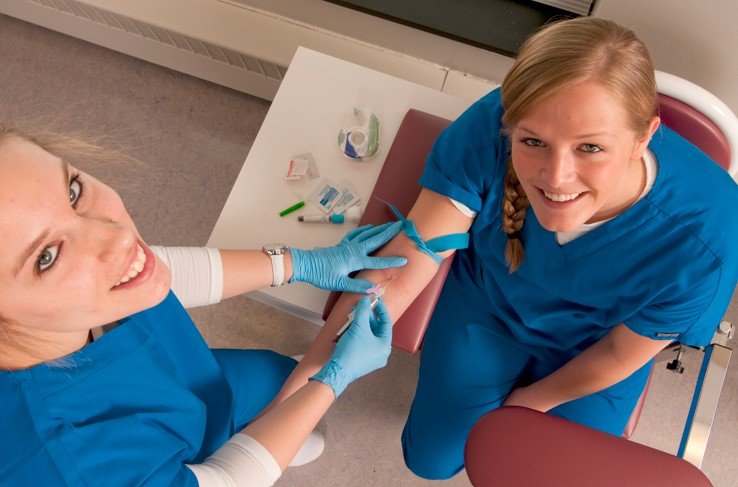Managing Biohazard Waste in Diagnostic Labs: Regulations, Compliance, and Best Practices
Summary
- Hospitals in the United States must adhere to strict Regulations when it comes to handling biohazard waste in Diagnostic Labs.
- Proper training, labeling, storage, and disposal procedures are essential to ensure compliance with federal and state laws.
- By implementing best practices and working closely with regulatory bodies, hospitals can effectively manage biohazard waste in Diagnostic Labs.
Introduction
Hospitals in the United States generate a significant amount of biohazard waste in their Diagnostic Labs. From used needles to contaminated specimens, it is essential to handle this waste with care to protect both patients and healthcare workers. In this article, we will discuss the Regulations and compliance requirements for managing biohazard waste in a diagnostic lab and provide tips on how to do so effectively.
Regulations and Compliance
Federal Laws
The handling of biohazard waste in Diagnostic Labs is regulated by several federal laws, including:
- The Occupational Safety and Health Administration (OSHA) Bloodborne Pathogens Standard
- The Resource Conservation and Recovery Act (RCRA)
- The Environmental Protection Agency (EPA) Regulations
State Laws
In addition to federal Regulations, hospitals must also comply with state laws governing the management of biohazard waste. States may have their own specific requirements for labeling, storage, and disposal of biohazard waste.
Compliance Requirements
To ensure compliance with federal and state Regulations, hospitals must:
- Properly train staff on handling biohazard waste
- Label biohazard waste containers correctly
- Store biohazard waste in designated areas
- Dispose of biohazard waste through approved methods
Best Practices for Managing Biohazard Waste
Training
One of the most critical aspects of managing biohazard waste in a diagnostic lab is ensuring that staff are properly trained on how to handle and dispose of it safely. Training should cover:
- The proper use of personal protective equipment
- How to properly segregate different types of biohazard waste
- Emergency response procedures in case of spills or accidents
Labeling
All biohazard waste containers should be clearly labeled with the universal Biohazard Symbol and the words "Biohazard Waste." This helps ensure that everyone in the lab knows the contents of the container and how to handle it safely.
Storage
Biohazard waste should be stored in designated areas that are secure and inaccessible to unauthorized personnel. These areas should be clearly marked and equipped with appropriate containment measures to prevent spills or leaks.
Disposal
When it comes time to dispose of biohazard waste, hospitals must follow approved methods for transportation and disposal. This may include working with licensed disposal companies or using on-site treatment methods such as autoclaving or incineration.
Working with Regulatory Bodies
Hospitals can benefit from working closely with regulatory bodies such as OSHA and the EPA to ensure compliance with biohazard waste Regulations. These agencies can provide guidance on best practices, conduct inspections, and offer resources for training and education.
Conclusion
Managing biohazard waste in a diagnostic lab is a critical aspect of hospital supply and equipment management in the United States. By following Regulations, implementing best practices, and working with regulatory bodies, hospitals can ensure the safe and compliant handling of biohazard waste.

Disclaimer: The content provided on this blog is for informational purposes only, reflecting the personal opinions and insights of the author(s) on the topics. The information provided should not be used for diagnosing or treating a health problem or disease, and those seeking personal medical advice should consult with a licensed physician. Always seek the advice of your doctor or other qualified health provider regarding a medical condition. Never disregard professional medical advice or delay in seeking it because of something you have read on this website. If you think you may have a medical emergency, call 911 or go to the nearest emergency room immediately. No physician-patient relationship is created by this web site or its use. No contributors to this web site make any representations, express or implied, with respect to the information provided herein or to its use. While we strive to share accurate and up-to-date information, we cannot guarantee the completeness, reliability, or accuracy of the content. The blog may also include links to external websites and resources for the convenience of our readers. Please note that linking to other sites does not imply endorsement of their content, practices, or services by us. Readers should use their discretion and judgment while exploring any external links and resources mentioned on this blog.
